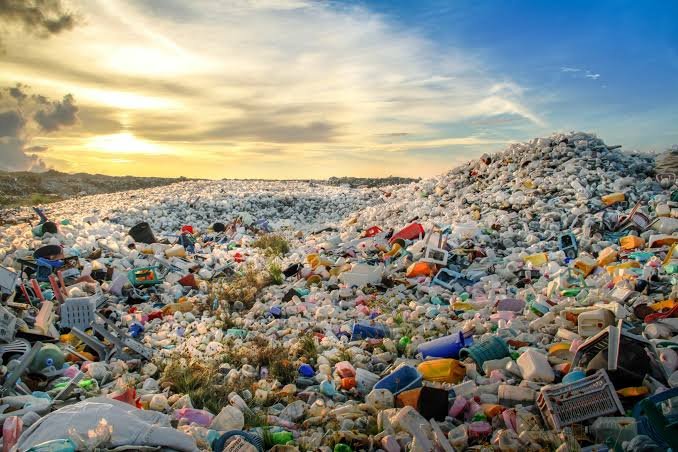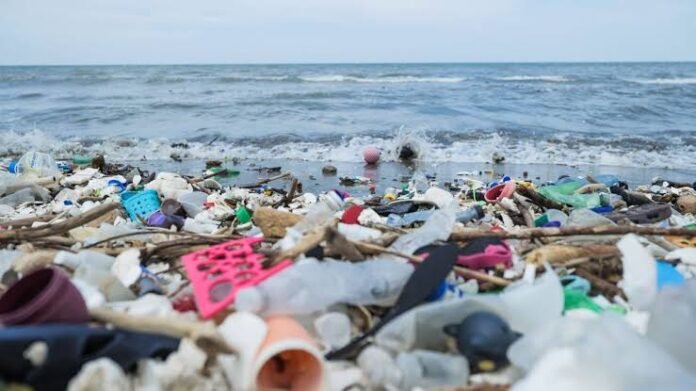Plastic pollution has become one of the most pressing environmental challenges of our time. Despite global efforts, the production and improper disposal of plastic continue to threaten ecosystems, wildlife, and human health. Recent developments highlight both the severity of the issue and innovative solutions aimed at mitigating its impact.
The Escalating Crisis of Pollution
Plastic waste is ubiquitous, from the deepest oceans to the highest mountains. A significant concern is the proliferation of microplastics tiny pla stic particles resulting from the breakdown of larger items. These particles have been detected in human organs, food, water, and even the air we breathe. In the UK, scientists warn that the country is lagging behind in addressing microplastic pollution, which poses growing risks to human health, ecosystems, and the economy .
In Fiji, the lack of adequate waste management infrastructure has led to practices like burning pla stic waste, releasing harmful toxins into the environment. This highlights the global nature of the plastic pollution problem and the need for comprehensive solutions .

Innovative Solutions and Global Initiatives
Addressing pla stic pollution requires a multifaceted approach. One promising avenue is the development of new business models based on reuse. Such models can reduce packaging production and emissions by up to 90% and 80%, respectively .
Technological advancements also offer hope. Scientists at Northwestern University have developed a method to break down plas tic waste using ambient air and a molybdenum catalyst, converting it into valuable materials . Additionally, the discovery of pla stic-eating worms capable of digesting polystyrene presents a biological solution to pla stic degradation .
On a larger scale, initiatives like The Ocean Cleanup aim to remove 90% of floating ocean pla stic pollution by 2040 through advanced technologies . Furthermore, the United Nations Environment Programme is pushing for a legally binding treaty to end pla stic pollution, emphasizing the need for global cooperation .
Community Engagement and Policy Measures
Grassroots movements play a crucial role in combating plastic pollution. In Mumbai, students have united to save rivers from pla stic waste, demonstrating the power of community action .
Policy measures are equally important. Nigeria plans to implement a ban on single-use plastics in government offices, with a nationwide ban to follow, aiming to reduce the country’s significant pla stic pollution . Similarly, the U.S. Environmental Protection Agency has outlined a National Strategy to Prevent Pla stic Pollution, focusing on interventions across the entire plastics lifecycle .
Also Read: Monumental Shift: SMBC’s Bold Move to Acquire 51% Stake in Yes Bank Signals New Era in Indian












